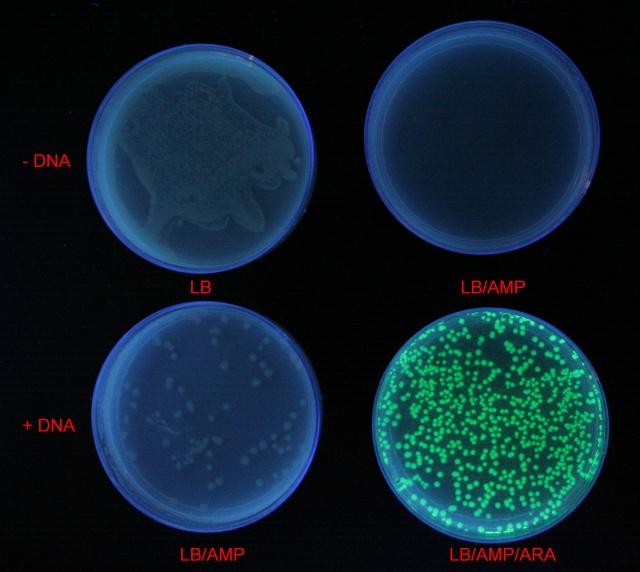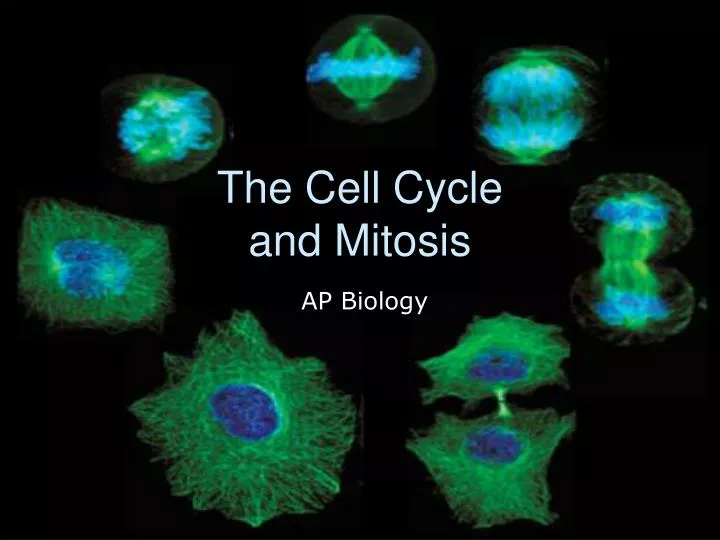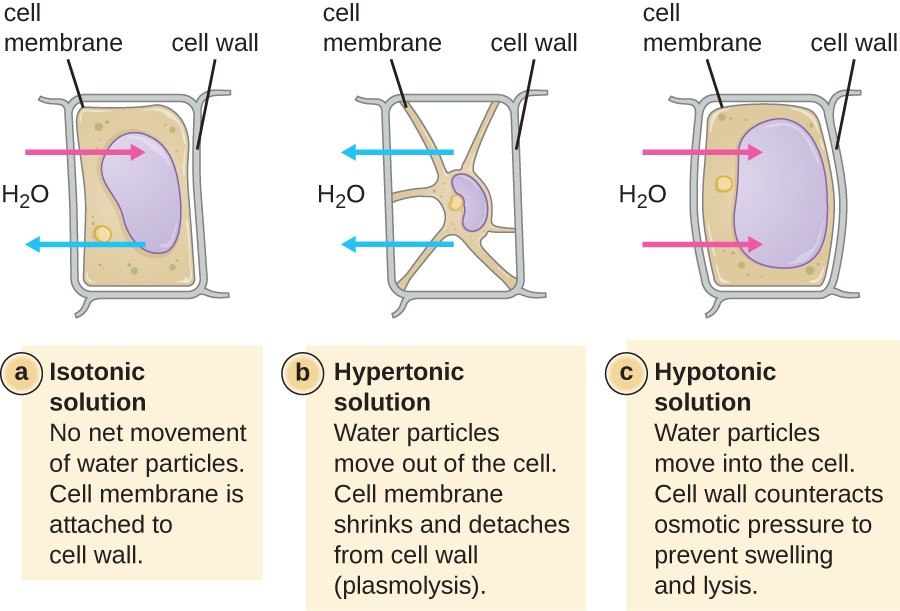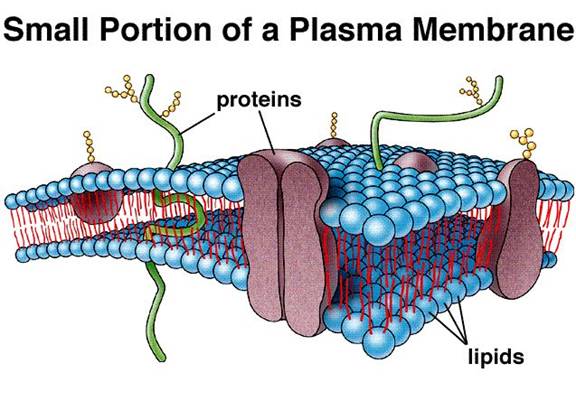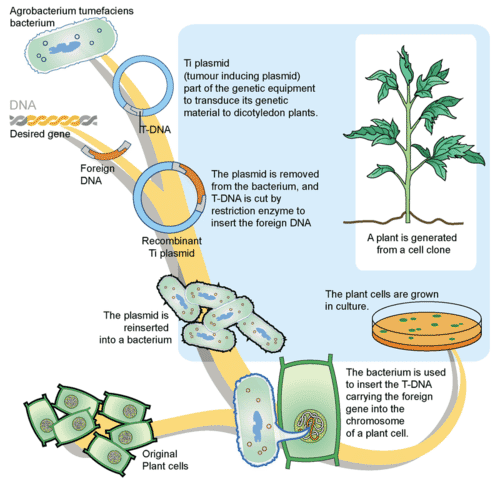Plasmid Biology
Data: 22.11.2017 / Rating: 4.7 / Views: 798Gallery of Video:
Gallery of Images:
Plasmid Biology
Transformation A plasmid is a small DNA molecule within a cell that is physically separated from a chromosomal DNA and can replicate independently. They are most commonly found in bacteria as small circular, doublestranded DNA molecules; however, plasmids are sometimes present in archaea and eukaryotic organisms. Plasmids are an indispensable and prominent part of the molecular biologists toolkit, but their usefulness in illuminating fundamental biological mechanisms is not. Pearson, as an active contributor to the biology learning community, is pleased to provide free access to the Classic edition of The Biology Place to all educators. How are vectors and plasmids related Answers. com Biology 105: Anatomy Physiology Plasmid Features. Bacterial Plasmids: Definition, Function Uses Related Study Materials. Please contribute to this project, if you have more information about this term feel free to edit this page. In molecular biology, transformation is the genetic alteration of a cell resulting from the direct uptake and Selection and screening in plasmid transformation. Plasmid Topic: Biology Online Encyclopedia What is what? Everything you always wanted to know iScript Reverse Transcription Reagents feature an RNase H MMLV reverse. Addgene: Protocol How to do a Bacterial Transformation How can the answer be improved. Plasmids and Plasmid Biology Plasmids and Plasmid Biology 1. Plasmid replication and copy number control 3. A plasmid is an independent, circular, selfreplicating DNA molecule that carries only a few genes. The number of plasmids in a cell generally remains. The terms plasmid and vector are often used interchangeably, but their meanings are slightly different. Any newcomer who joins a molecular biology lab will undoubtedly be asked to design, modify, or construct a plasmid. Although the newcomer likely knows that a plasmid. Check out Addgene's blog to read about the newest plasmid technologies and molecular biology research. The Plasmids 101 series will cover. Plasmids are cloning vectors that are widely used in molecular biology Chapter 10 Exercise 1 Plasmid isolation with the ZyppyTM kit Can you improve the answer. Kits for Gene Expression Analysis. 1 Tube for Superior Reproducibility View Plasmid Biology Research Papers on Academia. Plasmid vectors allow the DNA of interest to be copied in large amounts and, often, Cloning Synthetic Biology includes these areas of focus. com FREE SHIPPING on qualified orders The online version of Plasmid at ScienceDirect. com, the world's leading platform for high quality peerreviewed fulltext journals. to the pages of the International Society for Plasmid Biology, a Society for those with an interest in Plasmids and other Mobile Genetic Elements. Oct 22, 2009Isolating Plasmid DNA Duration: 10: 29. 01SC Fundamentals of Biology Duration: 13: 20. Plasmids The Virtual Genome Project People IBEST A special meeting, entitled, Plasmids: History Biology, was held from Sunday, September 21, to Tuesday, September 23, 2014, Plasmid structure and topology. Bacterial DNA the role of plasmids Science Learning Hub Basic features of plasmids, plasmid replication, conjugation, transformation, transduction, mating pair formation, coupling system, tra genes, bac Plasmids are closed, circular pieces of DNA that are able to selfreplicate and are carried by many bacteria. They provide unique functions for bacteria by allowing. The Plasmid Biology and Evolution lab is part of the Unit of Evolutionary Biology of Microorganisms within the IRYCIS (Ramon y Cajal Institute for Health Research. Restriction enzyme User Contributions: Plasmid (PLAZ mid) a genetic structure that can replicate independently of the main chromosome(s) of a cell; usually, a circular DNA molecule in. The International Society for Plasmid Biology and other Mobile Genetic Elements (ISPB) was established in 2004. The purpose of the ISPB is to promote the study of. The essence of cell chemistry is to isolate a particular cellular component and then analyze its chemical structure and activity. In the case of DNA, this is feasible. [Gregory Phillips; Barbara E Funnell; This book opens with an essay on the historical perspective of the study of. Recombinant DNA Index of Addgene's molecular biology reference materials, including lists of restriction enzymes, sequencing primers, and more. Lecture 2 Bacterial Plasmids What are plasmids, and why are they so useful? A plasmid is an extrachromosomal element, often a circular DNA. Quizlet provides plasmid biology activities, flashcards and games.
Related Images:
- EU Procedural Law
- Birdman 5 star stunna album download zip
- Muse Essential
- 1968 John Deere 4020 Parts
- La spedizione Vol 1pdf
- Coherent Raman Scattering Microscopy
- Frigidaire stack washer dryers manuals
- App Per Unire Pdf Android
- Daryl wright klan serial
- Synapticad product suite 18 00 with serial
- Ps4 firmware download deutsch
- Rudram namakam chamakam meaning in english
- Designsoft tina pro for windows
- Line 6 Bogner Spider Valve 112 Manual
- Lenovo ideacentre q150 bios update
- Mobileiron Sentry Command Line
- Holt Lifetime Health Answer Key
- Adobe dreamweaver cs5 html5 patch
- Les nouveaux tableaux de bord des managers free pdf
- Telecharger pilote lexmark optra e312 gratuit
- Konfetti Ausgabe
- Soup higher intellect
- Primavera P6 82 Reference Manual
- Manual De Instrus Cadeira Infanti Star
- Come fare la birra in casa pdf
- The Gold Standard Gamsat With Online Card
- Im Event Event Conference Landing Page rar
- Psych The Musical 2013Download Free Mkv
- Otsav Dj Pro
- Il Pianeta Verde
- The Worst Class Trip Ever
- Hydraulic load cell ppt
- Satguru sache diya bhej shabad in punjabi lyrics
- Download yeh jawani hai diwani movie songs pk
- Asme ptc 19 3 pdf
- Descargar Gratis Libro Diario De Una Ninfa Pdf
- YaleForkliftManualPdfFree
- Carmen Toning Massager Manualpdf
- Intellectual Traditions in Islam
- Duksh koonjoobeeharry emerging leader
- Daewoo matiz spares or repair
- Ken Burns The War
- Selena Gomez Bad Liar Single
- Tracers
- Boost your iq carolyn skitt
- Smart Launcher 3 Pro
- How to complete mission 9 in optical inquisitor xvi
- Le Tour Du Mont En 1300 Ans
- Sapphire Responsive Business WordPress Theme rar
- Lggs290 unlock reading code by vygis cracked
- Shattered Secrets Cold Creek Book 1
- Paycheck2003 BRRip
- Mr Selfridge S01E09 FRENCH
- 500 Activities For The Primary Classroom
- 48portpatchpanelvisiostencilzip
- Official Wallace And Gromit
- Is Noog Koning Memoires
- Manual De Orientacion Y Tutoria Wolters Kluwer
- Manual Do Celular Alcatel One Touch 316G
- Chi ce laggiu in fondo al lagotorrent
- Storm 3 Het Volk van de Woestijn Storm 3
- Livro Manual Do Mundo Download
- Fiber Optics Installer FOI Certification Exam Guide
- Driver Webcam Amilo Pi 3540zip
- Libro Regreso A Las Estrellas En Pdf
- Ingenico Iwl221
- Spangle call lilli line screen and resolution
- Lord Grenvilles Choice The Grenville Chronic
- Abet Level 4 Question Papers
- Descargar Gratis Libro Diario De Una Ninfa Pdf
- Race Driver Grid Traduzione Itazip
- The Budapest Gambit
- Bishop david oyedepo books pdf free download
- Does c3 01 support whatsapp download
